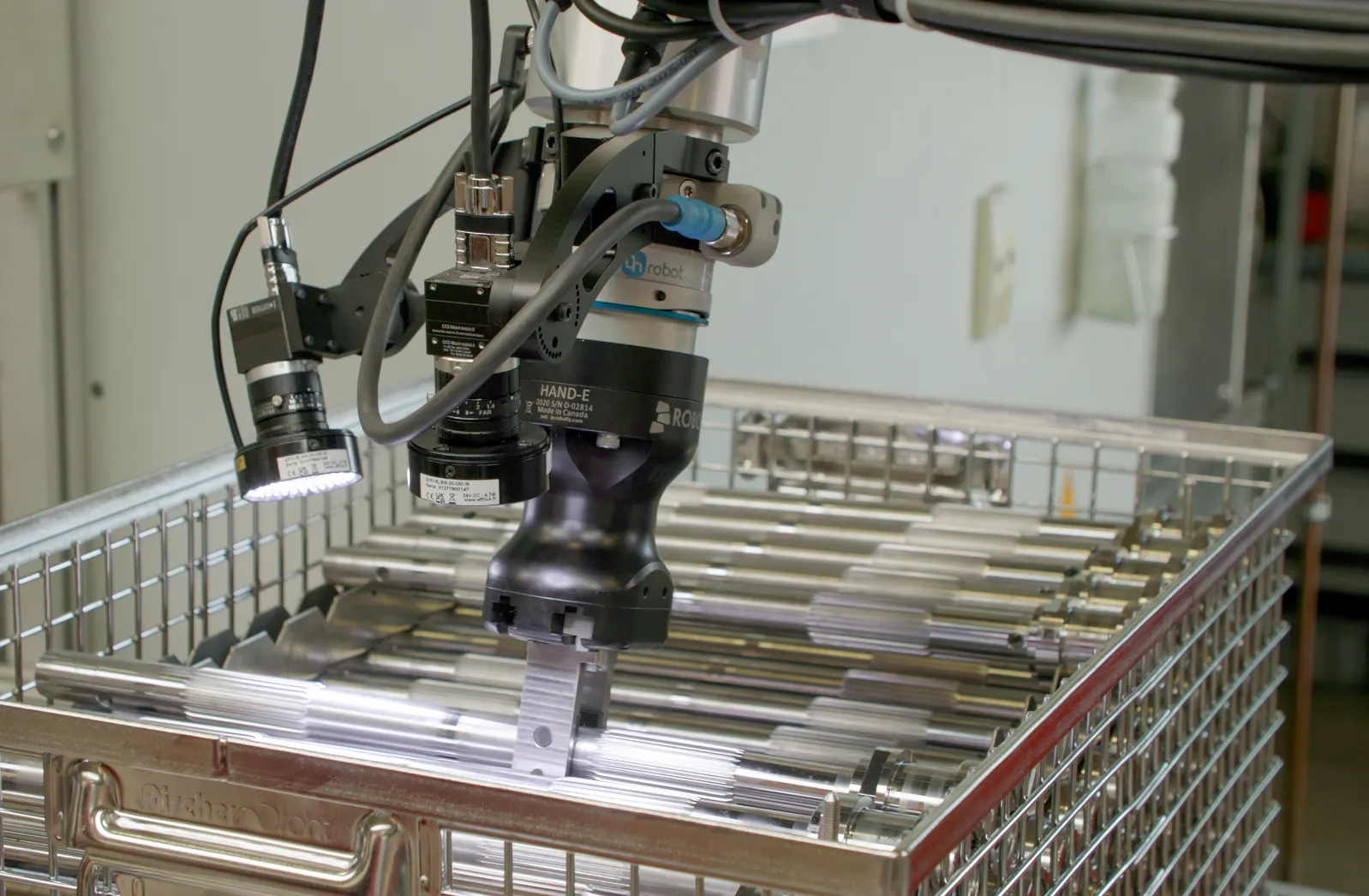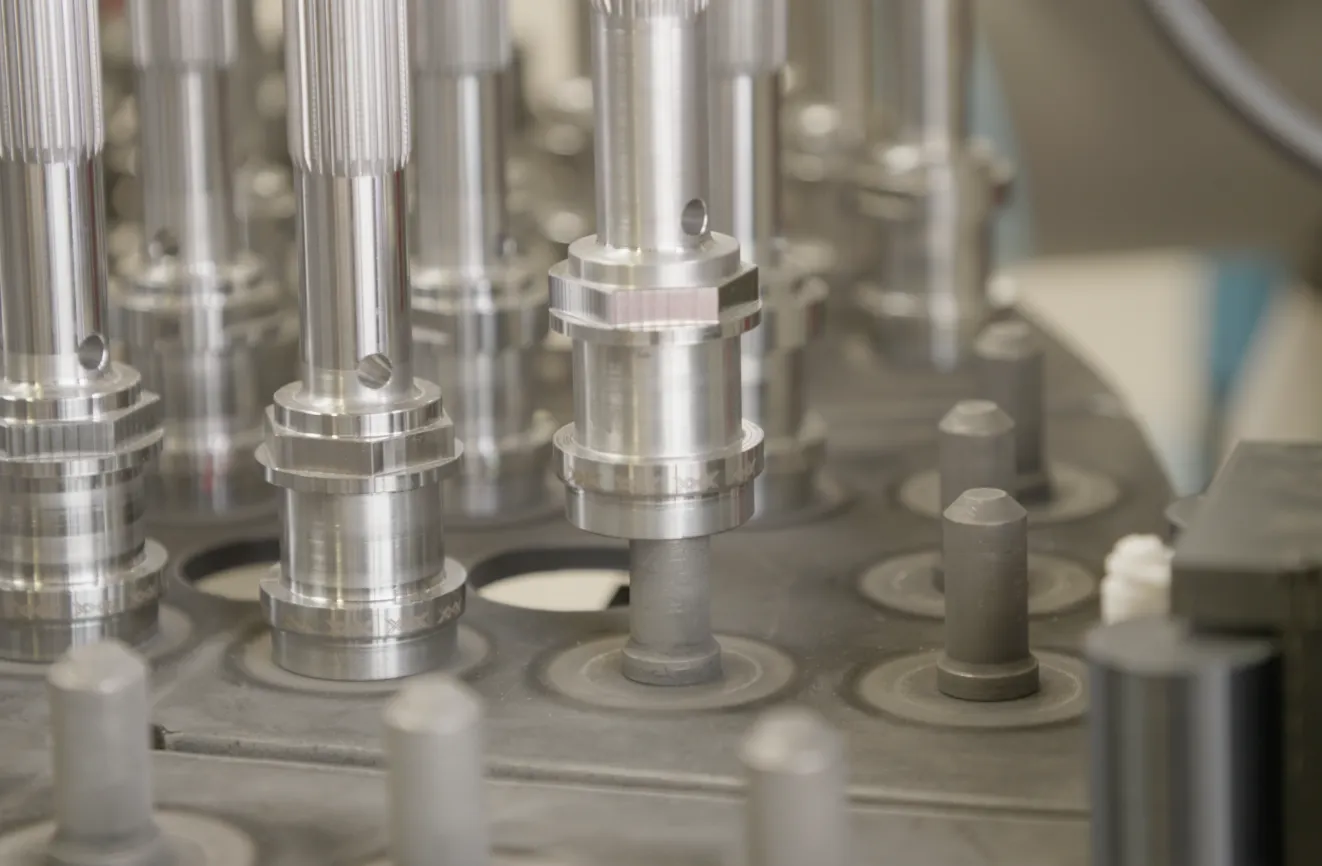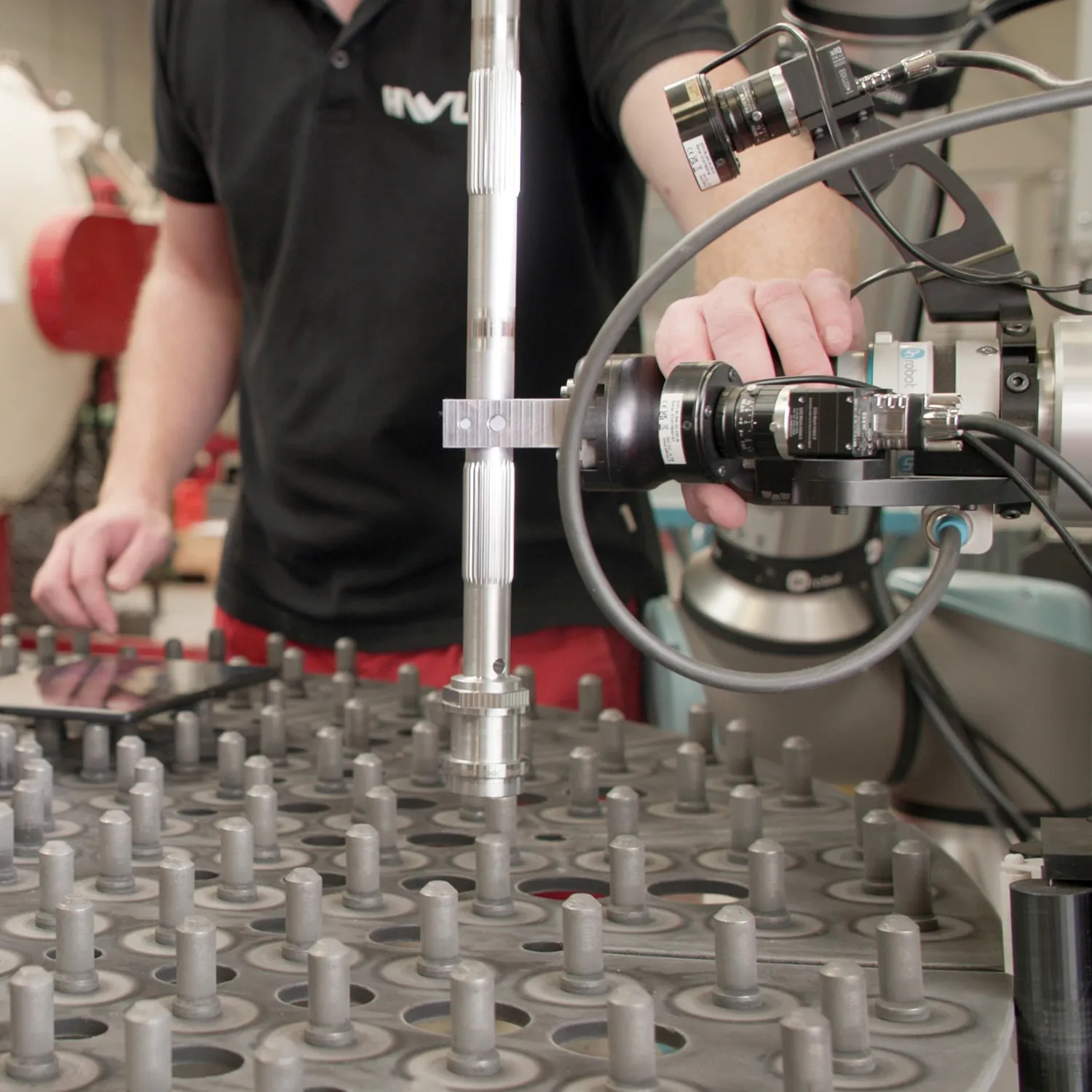
HWL Löttechnik GmbH wanted to automate the unloading and loading of reflective metal rods. Among other complexities, variance in the position and appearance of the parts made automating this pick-and-place task very challenging, if not inconceivable, with conventional automation solutions.
Micropsi Industries worked with HWL to train a MIRAI-equipped robot to successfully perform the task, overcoming variance in position, form, lighting, and background. Since the solution was implemented, HWL has managed to optimize cycle times by 20%. The MIRAI vision system has helped the company reduce costs, relieve staff of tedious work, and establish itself as an innovative employer.



